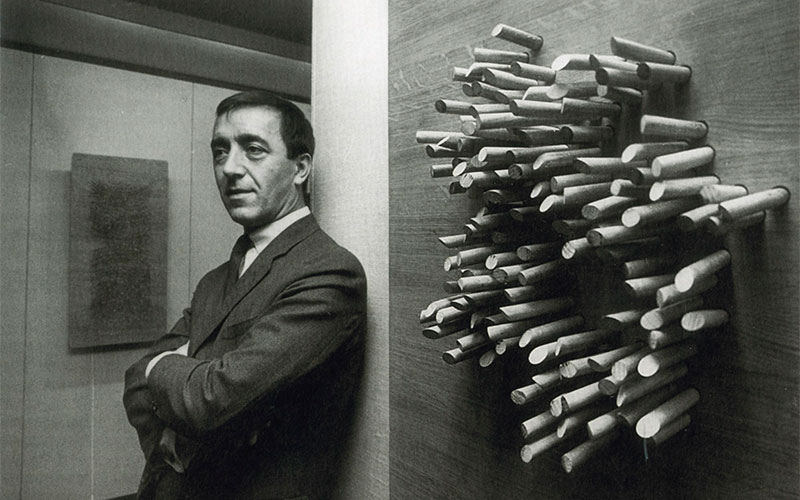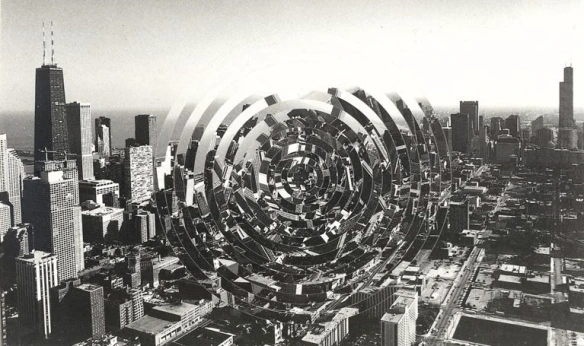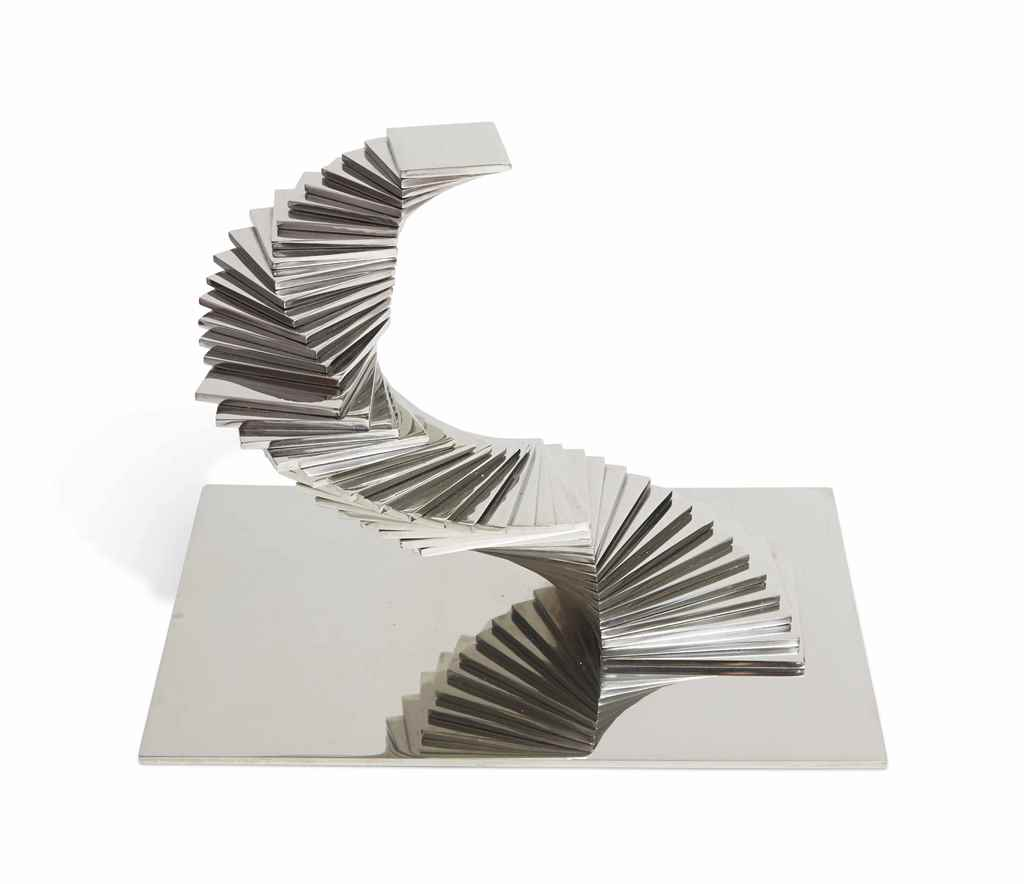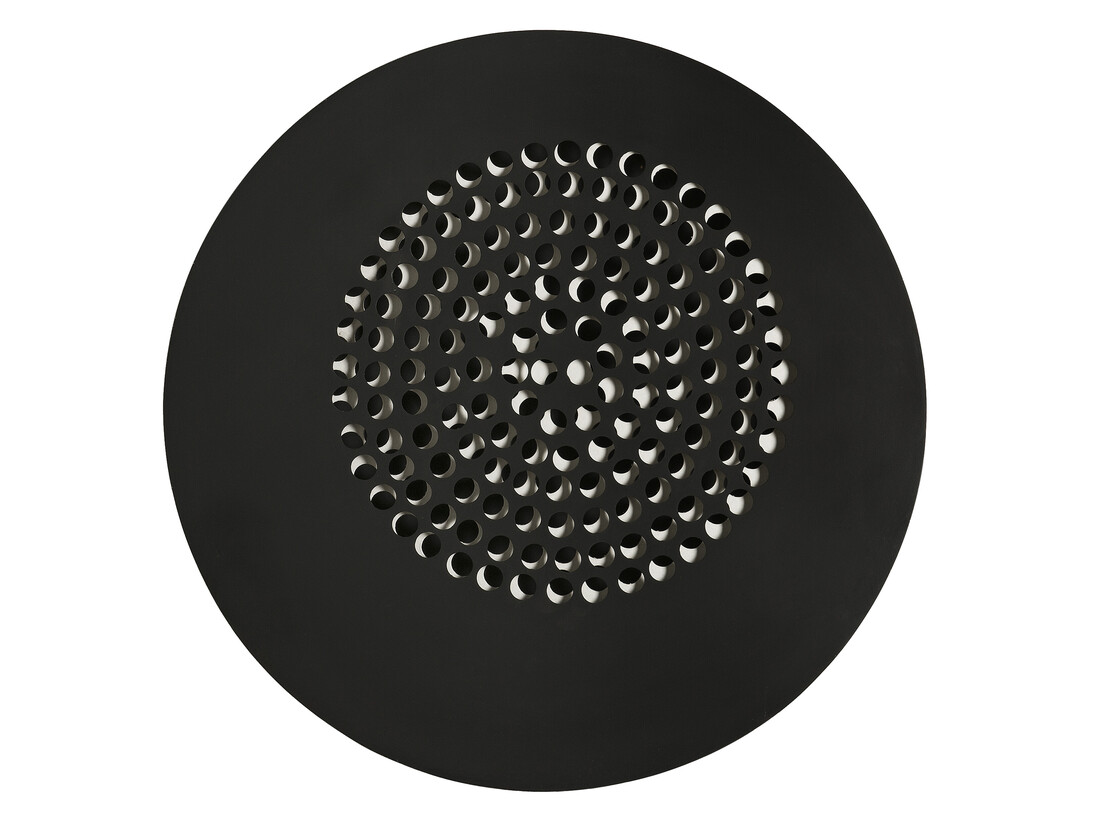created 2025-06-25, & modified, =this.modified
rel: [[Jean Tinguely#The Animate Object of Kinetic Art Chapter[ 1]]] Surrealism
“I am searching for the point which exists between the moving and the non-moving.”
Cinetisations
Pol produced photographic work called cinetisations where architectural works were cut into strips that were reassembled.
Cine- signified movement and -isation, meaning images where movement has been applied.
It feels like photoshop’s liquify effect, but done manually. Circular kernels distort the image.
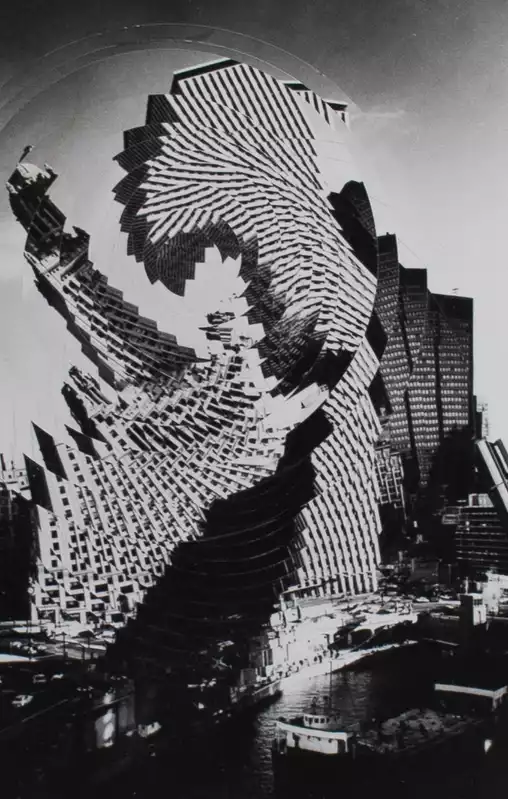
My cinetised skyscraper reveals the slow-motion work of gravity… . The intervention in the image might seem to be a menacing desire to destroy, but we must see in it the wish to give an air of liberty to that which thinks itself immutable
Volume Miroir – M.B, is to see these disruptions developed into three dimensions and extended into a likewise illusory space though the use of a mirrored steel surface.
The Threat of Movement
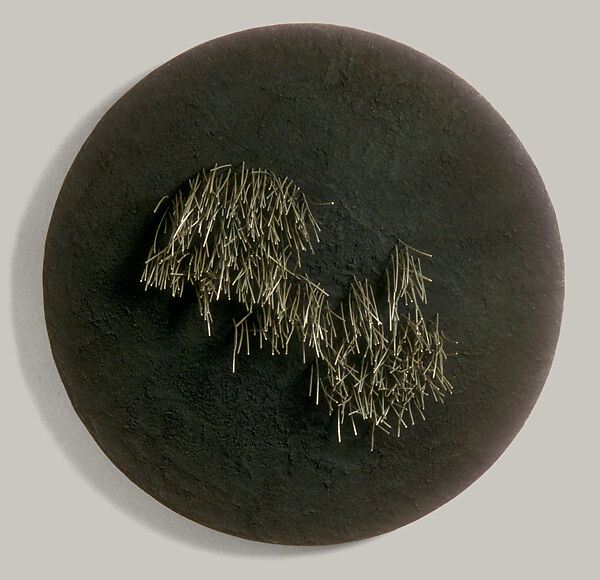
NOTE
You really have to see these moving to understand them.
Ponctuation (1962) – a wall hung panel densely covered with nylon wires that tremble briefly at unpredictable points.
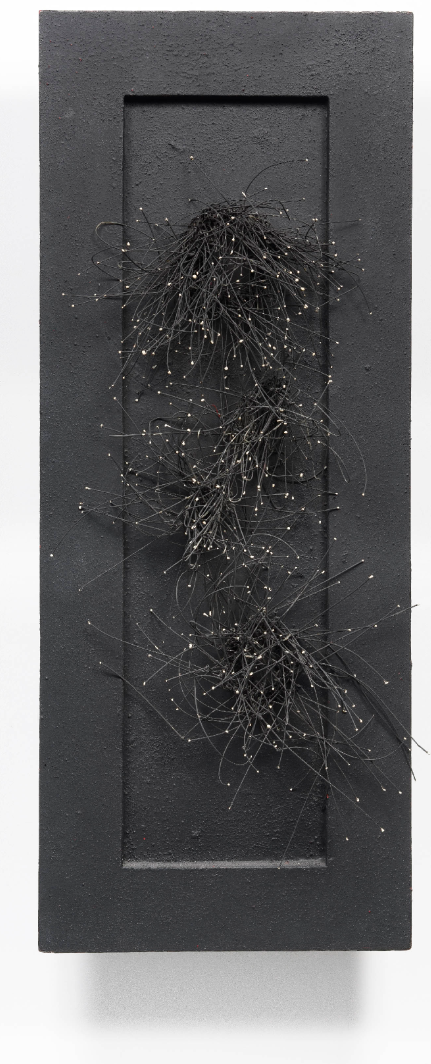 Petit meuble (1964) – an object resembling a wooden chest from which spring quivering cylindrical growths.
Erectile cadre (1962) – a frame whose canvas has been replaced by sporadically twitching tubes.
Petit meuble (1964) – an object resembling a wooden chest from which spring quivering cylindrical growths.
Erectile cadre (1962) – a frame whose canvas has been replaced by sporadically twitching tubes.
The movements were often so minute that they gave the impression of being unwell, and the viewer thinks he sees the wires jerk but it might just be the products of his imagination.

Unlike Jean Tinguely the division between the visible and hidden is more pronounced, with the movements on the surface dictated by concealed mechanisms.
As a young artist, he was initially drawn to the Surrealist movement; he formed a close friendship with the Surrealist poet Achille Chavée and became a member of the Brussels-based Surrealist group Rupture and its successor Hainaut.
Peinture imagineante: He calls for a type of art that no longer imagines for the spectator, he no longer steals the spectator’s right to imagination and he imposes nothing. “He did not dream the painting in advance, he dreams it in executing it and he will dream it more after its execution.”
His first kinetic work was the exhibition 10 Plans Mobiles de Pol Bury
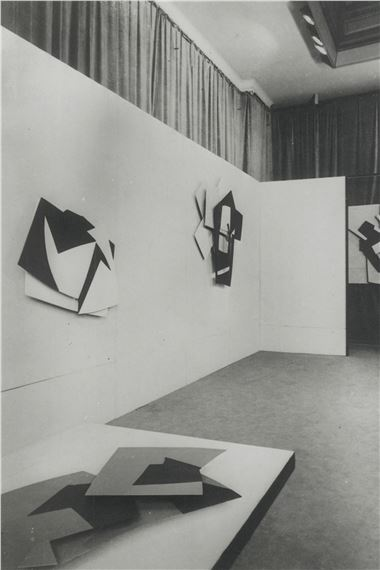
Hand-manipulable reliefs, the Plans mobiles formally resemble Bury’s paintings of the early 1950s. They consist of irregular geometric forms in Masonite or metal painted in bright colors, mostly red, blue, black, and yellow. Bury layered the forms, one behind the other, and connected them via one or more hidden axes. Viewers can rotate each form, causing the shape of the overall composition to vary.
Inviting the spectators to manipulate his work, was better in theory than practice. He was dissatisfied with how viewers interacted with Plans mobiles, just flipping the panels back and forth without considering the composition produced. Allowing greater freedom to viewers ironically limited the potential outcomes of the work because these viewers tended to act based on their habits or their observation of other viewers
Turning to motorization might be a way to allow the artist to dictate what kind of motions the work would undergo.
Improvisation, Cage said, generally leads performers to rely on their personal tastes and their memory, whereas indeterminacy may produce more genuinely new and surprising outcomes
So came the motorized Multiplans “started as a machine to destroy my abstract paintings”
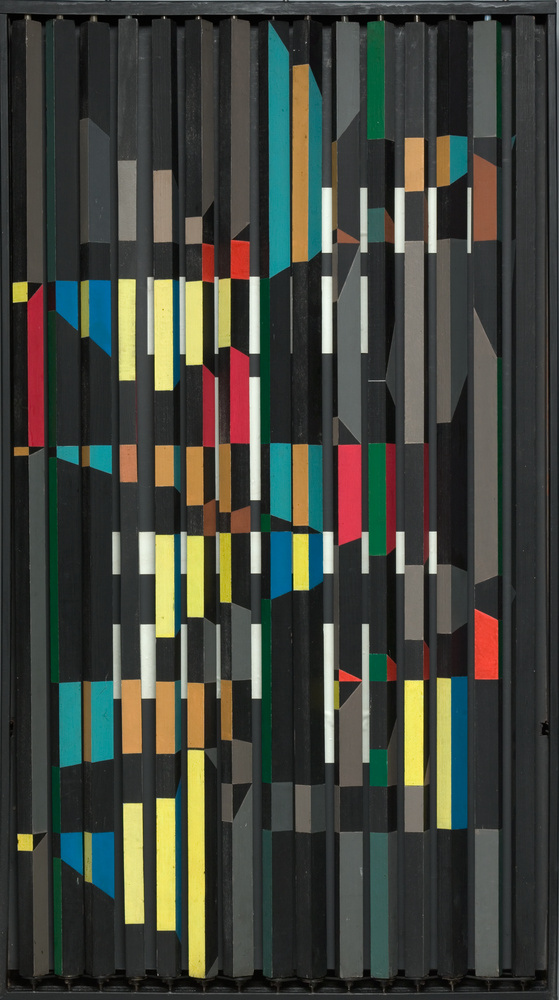
Punctations
In one type, Bury created a mechanism in which pointed implements > pushed against the back of a rubber sheet, causing protrusions to rise and fall on the > surface. In others, he shone light through metal plates punched with small holes. In another type, a black, perforated disc rotated above a stationary disc marked with white areas, creating constellations of flickering points.
Bury cited Kandinsky’s Point and Line to Plane (1926) – there was a connection between the linguistic “point” or period, and the artistic “point.” In writing the point both signifies the silence and functions as a bridge between elements. The point emerges as an artistic element when it is removed from its practical function in language and “begins its life as an independent being.”
Motion and Slowness
Their motion… seems not to be that of machines, but of organisms, although these are the organisms of an enchanted and sometimes disturbing world.
“Only slowness,” he writes, “permits [the object] to efface its own traces, to be an eraser of memory, to make us forget its past.”
Bury suggests that slowness has the power to defeat the limited, means-end rationality implied by efficient travel; to produce a kind of expanded awareness of individual objects and the space surrounding them; and to hold the mind in a space of uncertainty.
Slowness, when the eye is “no longer able to trace an object’s journeys,” “gives the eye following the sphere the possibility of escaping its own observer’s imagination and letting itself be led by the imagination of the traveling sphere itself.”
